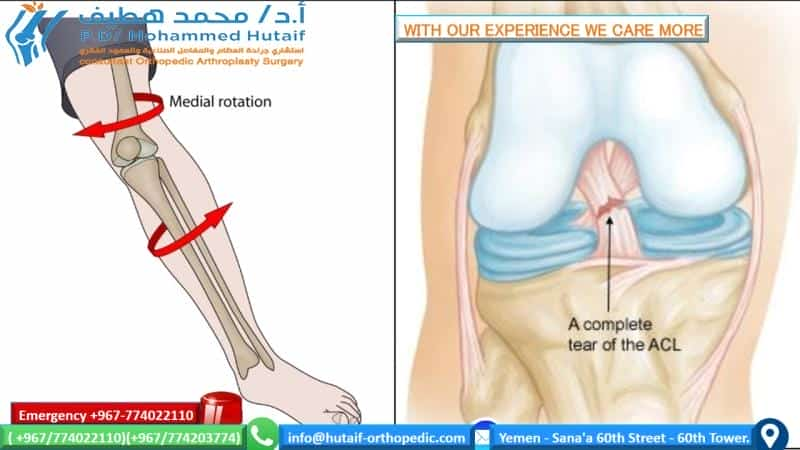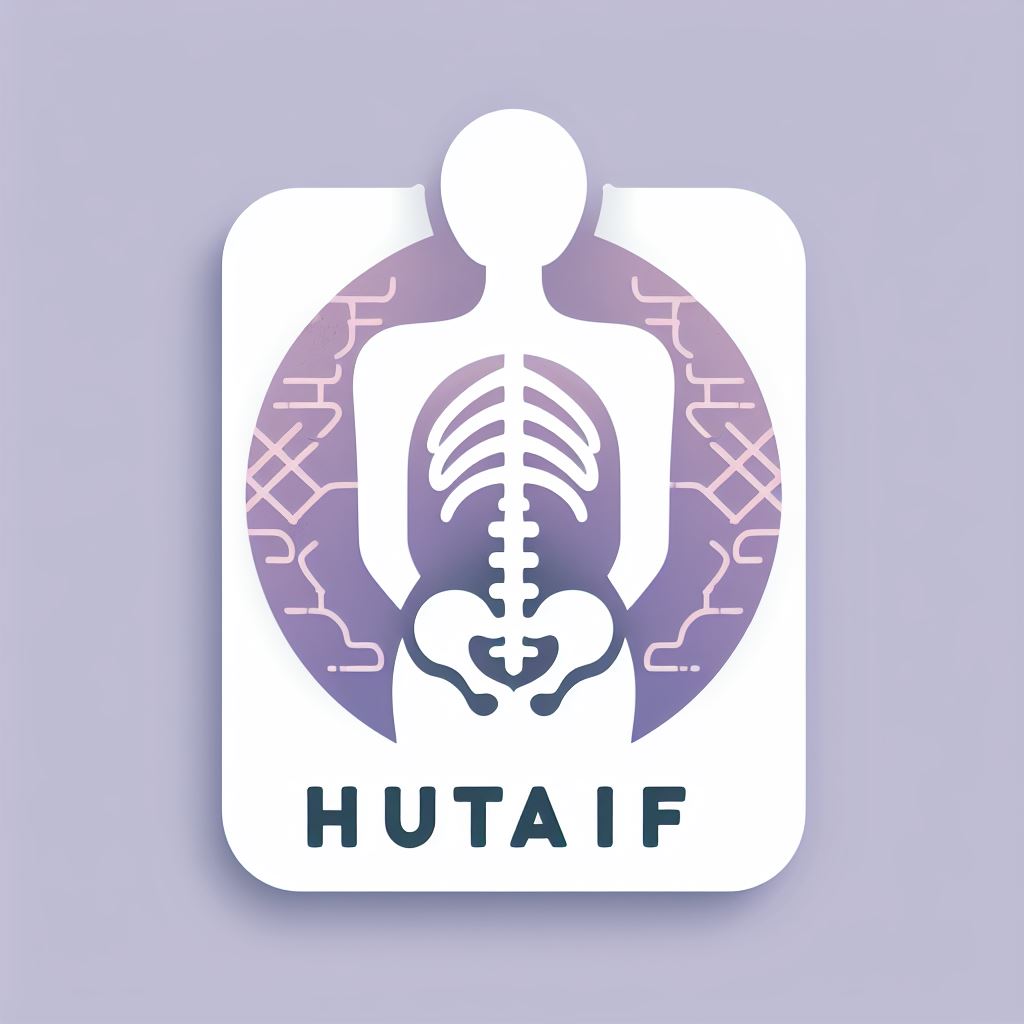Symptoms, Diagnosis, and Treatment of ACL Injury - Learn More Today!
Experiencing symptoms such as a popping noise, severe pain, swelling, loss of range of motion, and instability in the knee? Seek immediate medical attention for an accurate diagnosis and proper treatment of an ACL injury. Discover more about ACL injuries, their symptoms, diagnosis, and treatment options.
When the ACL is injured, it can cause a popping noise and a feeling of the knee bursting. Some common symptoms of an ACL injury include:
- A popping sensation or noise in the knee.
- Severe pain and the inability to continue activity.
- Pain and swelling that may go away on its own, but could cause further damage if exercise is resumed.
- Loss of full range of motion.
- Discomfort while walking uphill.
- Feeling unsteady or unstable when bearing weight.
Immediate care should be sought if any knee injury shows signs or symptoms of an ACL injury. A prompt and accurate diagnosis is important in determining the severity of the injury and receiving appropriate treatment.
To reduce the risk of an ACL injury, it is recommended to undergo appropriate training and exercises. Seeking evaluation and guidance from a sports medicine professional can help in reducing the risk of injury.
During a physical exam, the doctor will check for swelling and pain in the knee and assess its range of motion and function. The doctor may also perform a Lachman test to assess the health of the ACL. Additional tests, such as X-ray, MRI, or ultrasound, may be conducted to rule out other causes and determine the severity of the injury.

If you experience an ACL injury, symptoms may include a popping noise and a sensation of the knee bursting. Other common symptoms can include severe pain, swelling, loss of range of motion, and instability when bearing weight or walking uphill. Seek immediate medical attention if you experience any of these signs or symptoms. An accurate diagnosis is crucial in determining the severity of the injury and receiving the proper treatment.
To decrease the risk of an ACL injury, it is recommended to undergo appropriate training and exercises and seek evaluation and guidance from a sports medicine professional. During a physical examination, the doctor will evaluate your knee's range of motion and function, checking for swelling and pain. Additional tests such as X-ray, MRI or ultrasound may be required to determine the severity of the injury.
For rehabilitation, physical therapy plays a vital role in restoring knee strength and mobility, whether or not surgery is required. If surgery is necessary, physical therapy will first focus on restoring movement and will then advance to a strengthening program designed to protect the repaired ligament gradually.
To learn more about ACL injuries, their symptoms, diagnosis, and treatment, continue reading our article.
Signs and symptoms of an ACL injury can include a popping noise, severe pain, swelling, loss of range of motion, and instability when walking uphill or bearing weight. If you experience any of these symptoms, seek immediate medical attention and obtain an accurate diagnosis to determine the severity of the injury and receive proper treatment.
To reduce the risk of an ACL injury, it is essential to undergo appropriate training and exercises, seek guidance from a sports medicine professional and regularly evaluate your knee's range of motion and function. Additional tests, such as X-ray, MRI, or ultrasound may be necessary in cases where the injury's severity is difficult to diagnose.
Physical therapy, whether or not surgery is needed, is crucial in restoring knee strength and mobility. Surgery will first focus on restoring movement and then advance to a gradual strengthening program designed to protect the repaired ligament.
Read on to learn more about ACL injuries, including their symptoms, diagnosis, and treatment.
Whether your treatment includes surgery or not, rehabilitation plays a vital role in getting you back to your daily activities. A physical therapy program will help you restore knee strength and mobility.
If you undergo surgery, physical therapy first focuses on returning movement to the joint and surrounding muscles. This is followed by a strengthening program designed to protect the new ligament. This strengthening gradually increases pressure across the ligament
Next page:How do you tell if ACL is torn or sprained?

